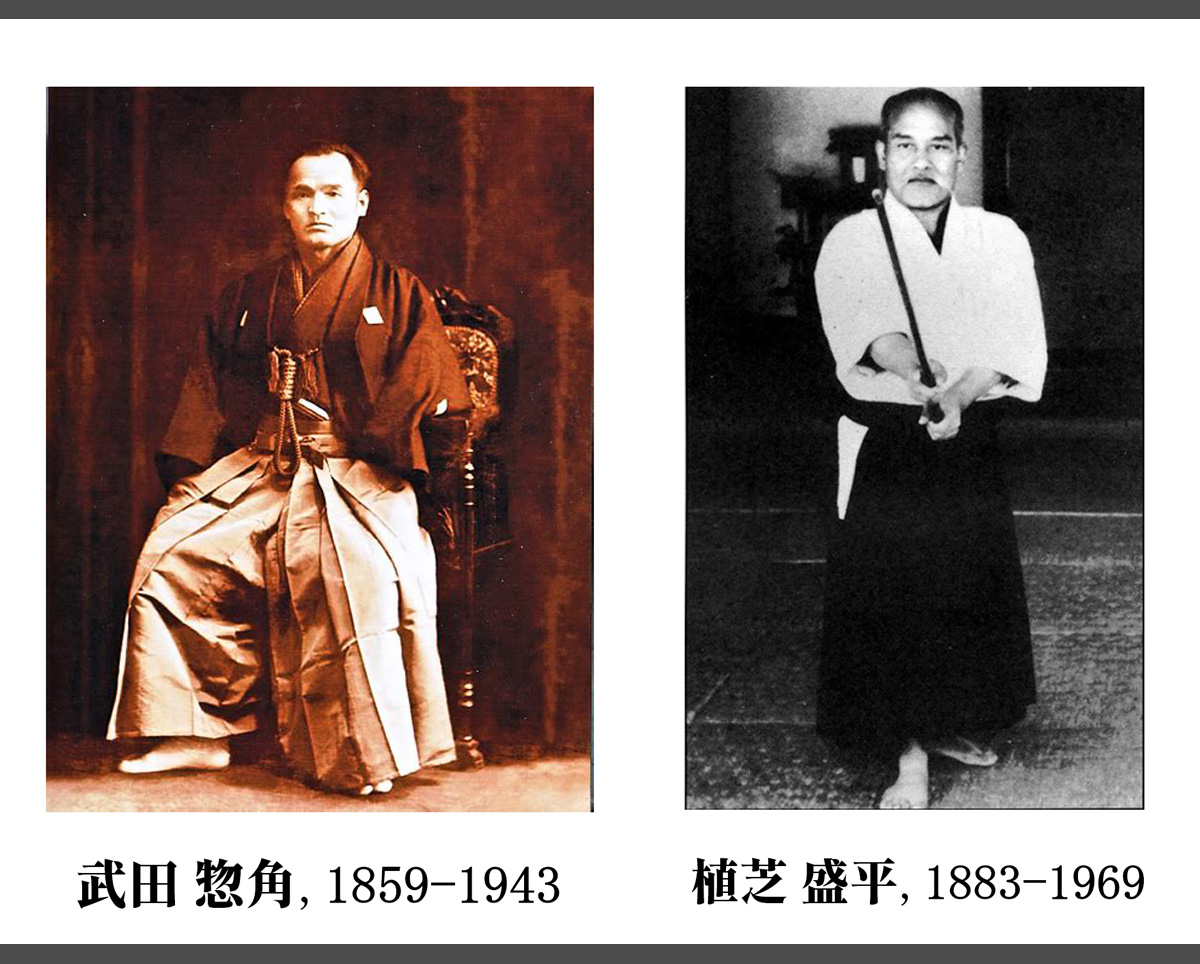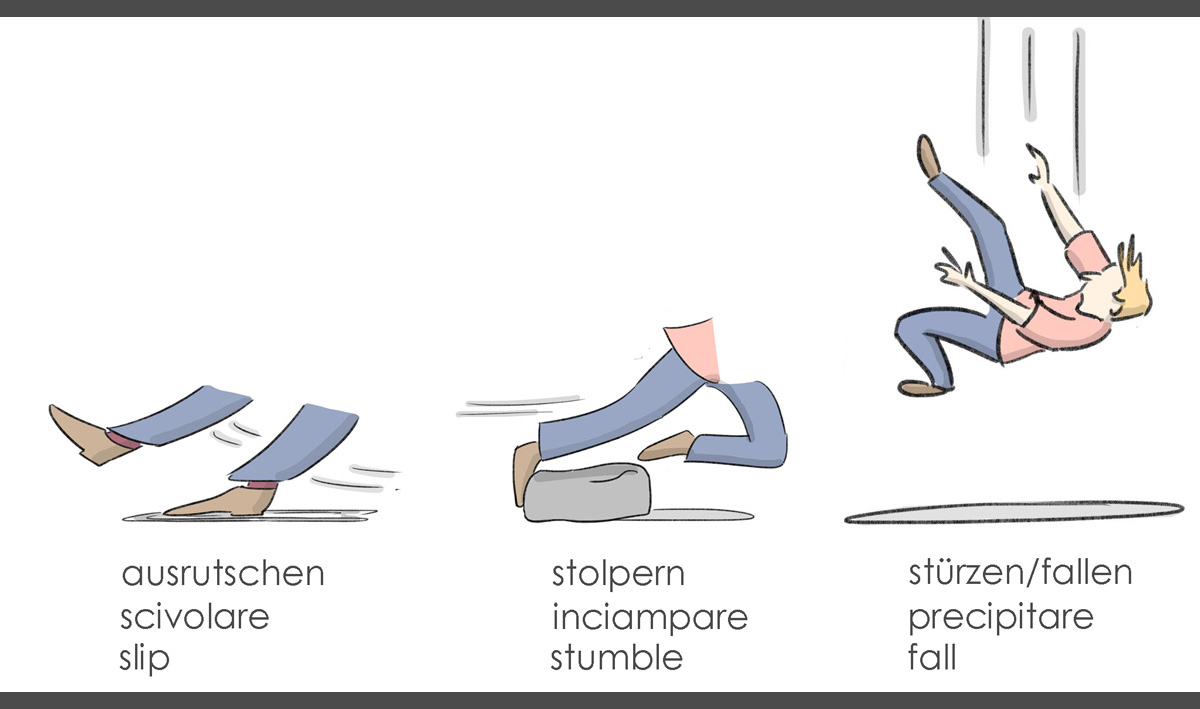
1 Takeda - Ueshiba
In his 1988 interview, French aikido master André Nocquet recounts the first meeting between Ueshiba Morihei and Takeda Sokaku in Hokkaido in 1915. Ueshiba was 32 years old and Takeda already 55. Ueshiba challenged Takeda, as he had allegedly done with many other masters.
The result was that Ueshiba was "thrown through the air 60 times in a few minutes."
This shows that defeating attackers with throws was common practice in martial arts. It also shows that Ueshiba Morihei was quite fit. The question arises whether this skill is also useful in real life.
The interview can be found here in the blog as No. 91, from September 2022, now also with the audio of the conversation and the transcript in French:
Nocquet Interview (en)

